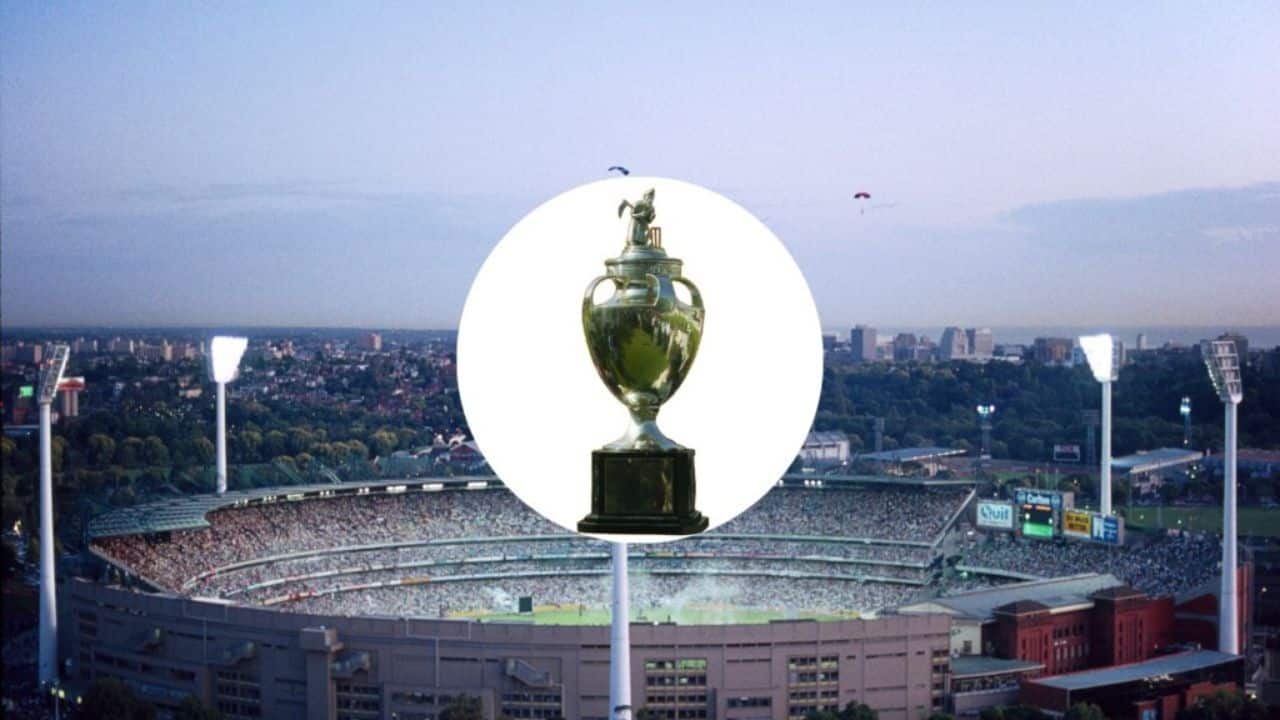Cricketers with more than 40 matches under their belt would get 60,000 a day, while those with 21 to 40 matches will earn 50,000, know the Ranji Trophy and BCCI domestic match fees
After a year-long break, the Indian domestic season has finally begun with the U-19 Vinoo Mankad Trophy, which was played on Tuesday (September 28) in several locations throughout the nation. The governing body could only host the Vijay Hazare Trophy, the Syed Mushtaq Ali Trophy, and the Senior Women’s One-day Championship in the 2020–21 season; age-group cricket and the Ranji Trophy were off-limits.
BCCI Domestic Cricket Tournaments Match Fees Structure, Ranji Trophy, SMAT, Vinoo Mankad, Young Players And Women Cricketers
The story
While many local cricketers have rejoiced over the return of their main source of income, the decision made at the 9th Apex Council Meeting has also brought happiness to players who do not have rich IPL contracts. Cricketers who took part in the domestic 2019–20 season would receive a 50 per cent match fee bonus as compensation for the 2020–21 season that was lost owing to the COVID–19 issue, as well as a match fee increase corresponding to their level of experience, according to BCCI Secretary Jay Shah.
Ranji cricketers who have played more than 40 matches will now receive a daily compensation of 60,000 rupees, while those who have played between 21 and 40 matches will receive a daily salary of 50,000 rupees. Players with less experience will be eligible for a daily salary of 40,000 yen. This transition had been long anticipated.
What differences exist between the current model and the previous one?
Senior domestic cricketers have been paid INR 1,40,000 for a four-day Ranji Trophy match if they are in the playing XI and exactly half that amount if they are on the bench for the past five years. Players received a 250% increase from the prior match-fees model, which ran for 10 years from 2007 to 2016, thanks to the structure proposed by the Vinod Rai-led Committee of Administrators.
The existing system is intended to be equitable. Players with more than 40 caps will see a 71% increase, while those with fewer than 20 games would only see a 14.28% increase. A player will start receiving 50,000 rupees each day once they reach 20 caps before moving on to the next bracket.
Where is the equality?
Women’s and age-group cricketers also received wage increases in addition to senior men’s cricket players. Senior women’s players will now make 20,000 rupees each match for a domestic one-day game as opposed to 12,500 before. Given that India does not have a first-class women’s league, a domestic women’s cricket player’s annual income is comparable to what a male first-class player would make in a game. The BCCI’s motivations for promoting women’s cricket in India are complicated by this, and they are also called into doubt. Could there have been a better solution in that case? The question itself actually contains the answer.
News is good for the young cricketers.
Under-23 male players will now make 25,000 rupees per day instead of 17,500, while Under-19 players in the playing XI will get 20,000 rupees per day. Under-16 players, who make up the system’s youngest participants, would get 7000 rupees daily. Only players in the playing XIs are subject to this structure, with the reserve players earning 50% of match fees. The Under-23s, Under-19s, and Under-16s age groups for women will be the same. Per player will receive 10,000 rupees each day, with the reserves earning an additional 5000 rupees.
Continued drought in GRS
The BCCI’s annual revenue from international matches played in India is made up in part of GRS, or Gross Revenue Share, which was introduced to the organisation in 2004 by former BCCI President Jagmohan Dalmiya. At that time, it was determined that 26 per cent of the BCCI’s annual profit would be distributed to the players, of which 13 per cent would represent international players, 10 per cent would represent domestic players, and the other two per cent would be given to junior and female players.
A cumulative percentage of profit is calculated at the end of each fiscal year, and the figure is added to the players’ match fees. Following approval at the annual general body meeting, GRS is frequently distributed to particular players. However, that only applied in theory and not in practice. According to a 2017 Times of India story, the BCCI reserves 70% of the gross profit rather than allocating 26% of it to other uses. The remaining 30%, which should have been 26% of the total revenues, is distributed among the players as GRS.
The sum for the 2016–17 and 2017–18 seasons was processed by the board in August 2020, but there hasn’t been any additional discussion on that topic. Although state associations are hesitant to raise the issue with the national body, players are pleased with the present boost. “The state board is keeping quiet because they don’t want to cause a conflict with the BCCI.



